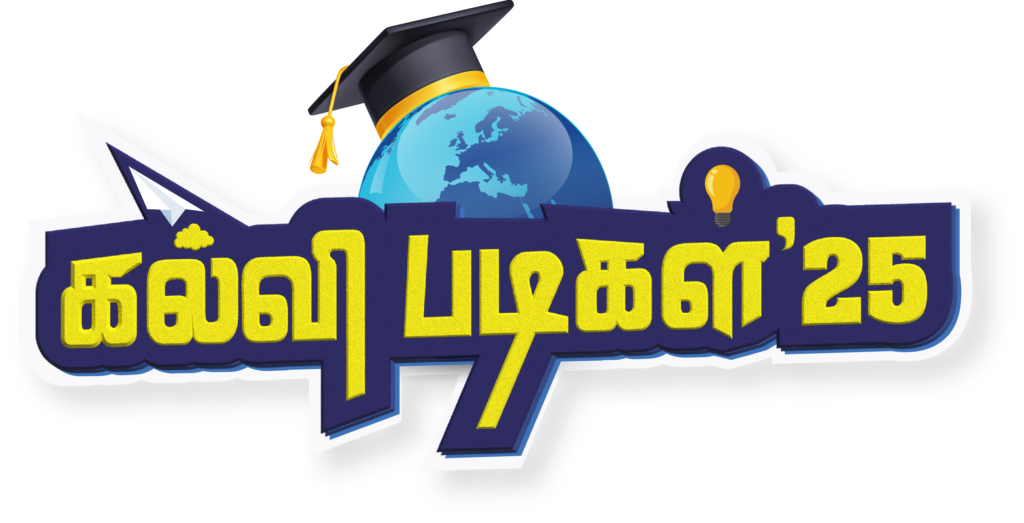1. Introduction
In the past, media was something we consumed through newspapers, television, and radio—created by large institutions and broadcast to passive audiences. But times have changed.
Today, anyone with a smartphone and internet connection can become a content creator. From YouTube vloggers and TikTok entertainers to podcast hosts and Instagram educators, creators are rewriting the rules of media.
This blog explores how content creators are reshaping the future of media, influencing trends, and opening new opportunities for the next generation of media professionals.
2. The Rise of the Content Creator Economy
In recent years, we’ve seen a powerful shift from traditional media to what is now known as the creator economy. Platforms like YouTube, Instagram, TikTok, and podcasting apps have allowed millions of individuals to publish content, build audiences, and even turn their passion into full-time careers.
A few interesting stats:
- Over 50 million people worldwide now consider themselves creators.
- YouTube has over 2 billion monthly users.
- TikTok reached 1 billion monthly users faster than any platform before it.
What makes this trend unique is how accessible it is. You no longer need a film crew or a broadcast license to reach thousands (or even millions) of people. A single smartphone can launch a career.
3. Changing Media Consumption Habits
The rise of content creators is deeply tied to how audiences consume media today.
Young audiences, especially Gen Z, prefer authentic, relatable, and short-form content. They’d rather watch a real person give a product review on YouTube than read a long article from a big brand.
We now live in a world of:
- Snackable content: 30-second TikTok videos or Insta Reels.
- Binge culture: Vlogs, reaction videos, or web series.
- On-demand viewing: People want to watch what they want, when they want.
This means creators who produce consistent, engaging content are becoming just as influential as traditional media outlets.
4. Redefining Journalism & Storytelling
Content creators are not just entertainers—they’re modern storytellers. Many of them have stepped into roles traditionally held by journalists.
From live-streaming protests to sharing local issues that don’t get mainstream attention, creators are playing a key role in spreading awareness and representing unheard voices. This has created a space for:
- Citizen journalism
- Personal storytelling
- Hyper-local reporting
They might not work for big news networks, but their reach and credibility with their audiences are often stronger.
5. Power of Influence & Community Building
One of the biggest strengths of content creators is their ability to influence and connect. Unlike celebrities, creators often engage directly with their followers through comments, lives, and Q&As.
This has led to the rise of community-driven content. Some creators build tight-knit audiences that share the same values, hobbies, or goals.
Creators today influence:
- Buying decisions
- Social causes
- Cultural trends
Brands have recognized this and now invest heavily in influencer marketing. In fact, many brands skip traditional advertising altogether and focus only on content collaborations.
6. Creators as Entrepreneurs
Many creators today are more than content producers—they are entrepreneurs.
They’ve learned how to monetize their content through:
- Ad revenue (from YouTube, Spotify, etc.)
- Brand sponsorships
- Affiliate marketing
- Selling merchandise
- Creating online courses or communities
Some even go on to launch their own brands or startups, turning their audience into customers.
This entrepreneurial mindset is redefining media careers—students today can dream not just of becoming a journalist or filmmaker, but also of being a personal brand, media company, or product creator.
7. The Future of Media Education
With the rise of content creators, media education must evolve. Courses in journalism and mass communication need to teach digital-first skills like:
- Content creation for multiple platforms
- Video editing & post-production
- Audience engagement & community management
- SEO, analytics, and performance tracking
- Branding & digital storytelling
Today’s students must be ready to wear multiple hats writer, presenter, editor, marketer all at once.
Kalvi Padigal ’25 is a great opportunity for students to explore these updated courses and meet institutions that offer media programs aligned with the digital world.
8. Challenges & Responsibilities
Of course, the rise of content creators brings challenges too. As powerful as creators can be, the space comes with responsibility.
Some key issues include:
- Misinformation: Not all creators fact-check their content.
- Mental health: The pressure to stay relevant can cause burnout.
- Ethics: Creators must understand copyright rules, truthfulness, and respectful content creation.
As content becomes more decentralized, creators must balance freedom of expression with credibility and responsibility. That’s where good media education plays a crucial role.
9. Conclusion
Content creators have gone from being side players to central figures in today’s media landscape. They are shaping how people consume information, how stories are told, and how brands interact with audiences.
For students dreaming of a future in media, now is the time to learn, experiment, and start building your digital identity. Whether it’s through vlogging, podcasting, or creating content on your favorite platform, the opportunities are endless.
